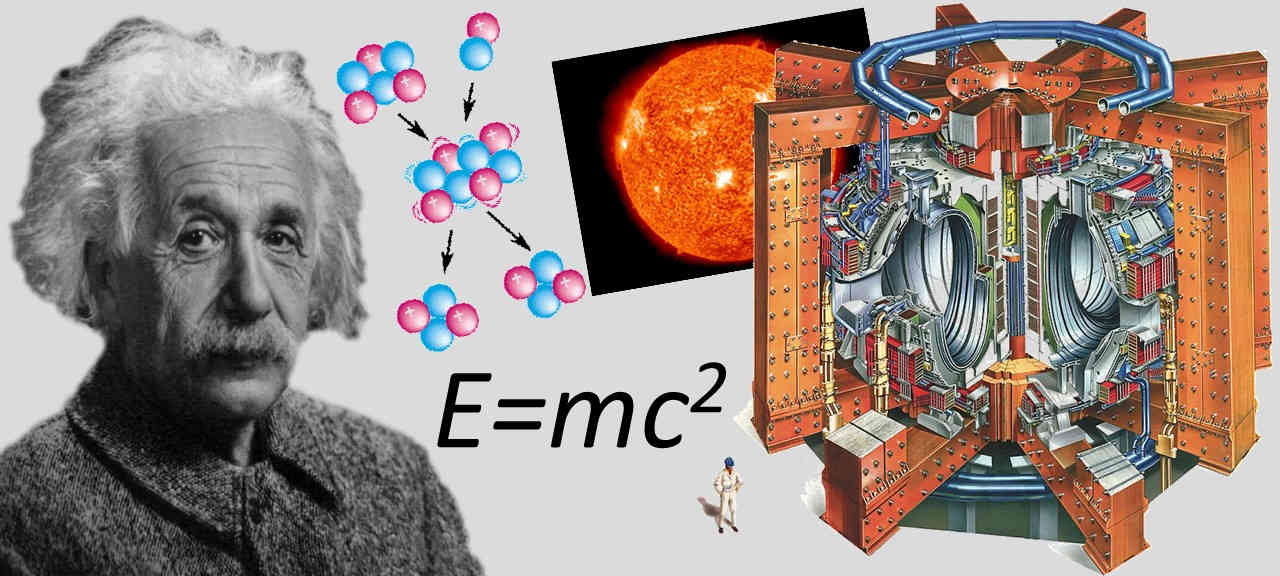
UK-based JET laboratory created a world record when they generated 22 megajoules of fusion energy in 1997. Now nearly 25 years later JET have more than doubled the previous record by creating 59 megajoules of fusion energy over five seconds.
While 5 seconds may not sound impressive on ordinary timescale but on a nuclear timescale it is a very long time indeed. The achievement by JET also restores faith in human research and endeavor into replicating the power of Sun on earth.
Practically, this much fusion energy can only run a 32 inch LED TV for 15 days but it's a great beginning towards clean energy future. Nuclear fusion is the potential of virtually unlimited supplies of low-carbon and low-radiation energy.
Dr Joe Milnes, head of operations at the JET lab said: We have demonstrated that it is possible to create a mini star inside of our machine and hold it there for five seconds, which really takes us into a new realm.
In a nuclear fusion, two light nuclei combine to form a single heavier nucleus. The process releases energy because mass of the resulting nucleus is less than total mass of the two original nuclei. The leftover mass gets converted into energy by Einstein's energy-mass equivalence.
In the Sun's core, fusion is possible at around 10 million degrees Celsius. However, at the much lower pressures that are on Earth, the temperature required to produce nuclear fusion need to be above 100 million degrees!
And there is not a single material on earth that can withstand direct contact with that amount of heat. Which is why, to achieve fusion in a laboratory scientists use thousands of tons of magnet to hold in place super heated gas, or plasma.
JET labs CEO Professor Ian Chapman said: These experiments just had to work because if they didn't then we'd have real concerns about whether ITER could meet its goals.
 |
| ITER construction in 2018 |
ITER in Southern France is the largest nuclear fusion reactor with 10 times more plasma than any other fusion reactors today. Over 30 countries are participating in this long term project of generating clean electricity. ITER will power 200,000 homes once it becomes operational.
Because controlled nuclear fusion releases nearly four million times more energy than a chemical reaction such as the burning of coal, oil or gas, it might be possible to even reverse climate change if we can switch to carbon-free energy. How soon it will be no one can say but the future sure looks promising.






 Physics, astronomy and science history blog for students
Physics, astronomy and science history blog for students
Responsive Ad Slot